Slovenia might be small, but this European gem packs an incredible variety of landscapes and experiences into its modest borders. While Lake Bled and Ljubljana attract most visitors, the country harbors countless hidden treasures waiting to be discovered by travelers seeking authentic experiences away from crowds.
These lesser-known destinations offer a chance to experience Slovenia’s natural beauty, rich history, and warm culture without the tourist hustle. Here is a list of 20 secret spots in Slovenia that will make your trip feel like you’ve stumbled upon places few others have discovered.
Škocjan Caves
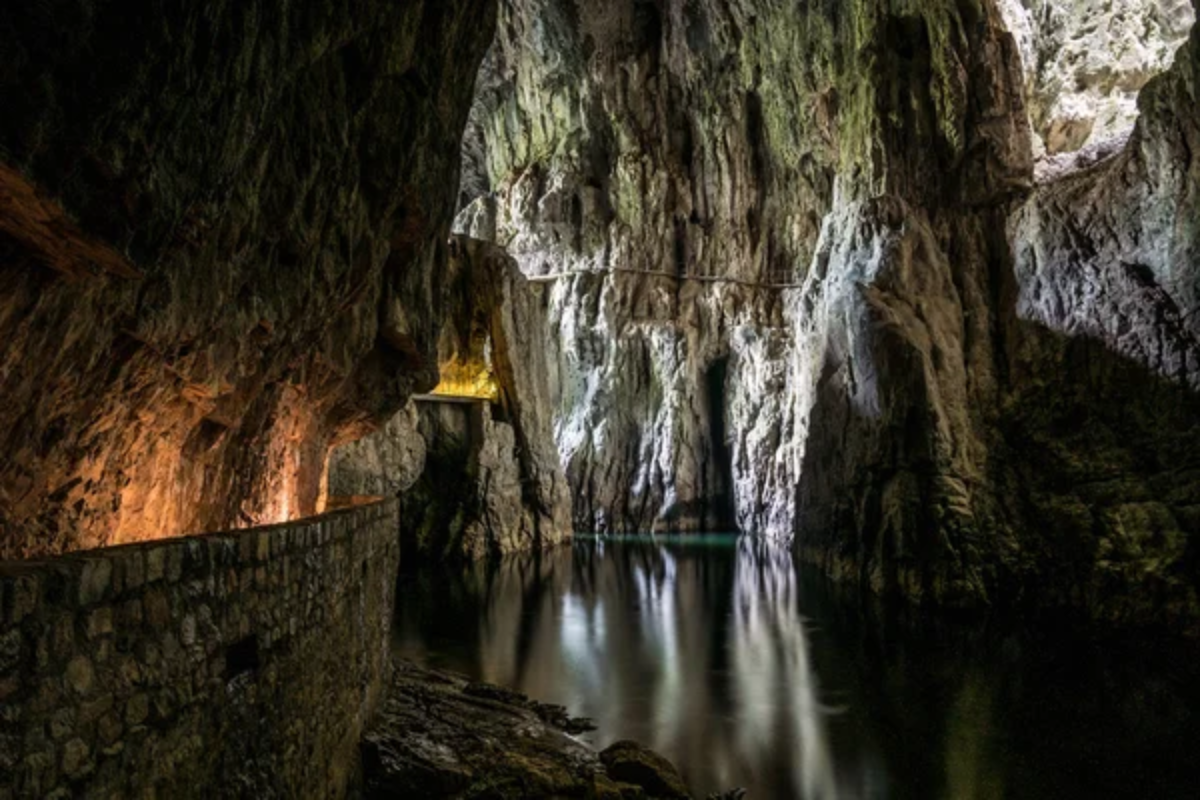
The UNESCO-protected Škocjan Caves system offers an otherworldly experience with massive underground chambers and Europe’s largest subterranean canyon. Unlike the more famous Postojna Cave, Škocjan remains relatively uncrowded, allowing visitors to fully absorb the eerie beauty of limestone formations that have developed over millions of years.
The highlight is crossing a bridge suspended 150 feet above the rushing Reka River as it carves its way through the darkness below.
Logar Valley

This glacial valley between the Kamnik-Savinja Alps looks like it was plucked straight from a fairytale. Pristine meadows dotted with traditional farmhouses stretch between towering mountains, creating one of Europe’s most picturesque landscapes that surprisingly overlooked by international travelers.
The valley’s Rinka waterfall and network of hiking trails provide endless opportunities to connect with nature in serene solitude.
Like Travel Pug’s content? Follow us on MSN.
Soča Valley
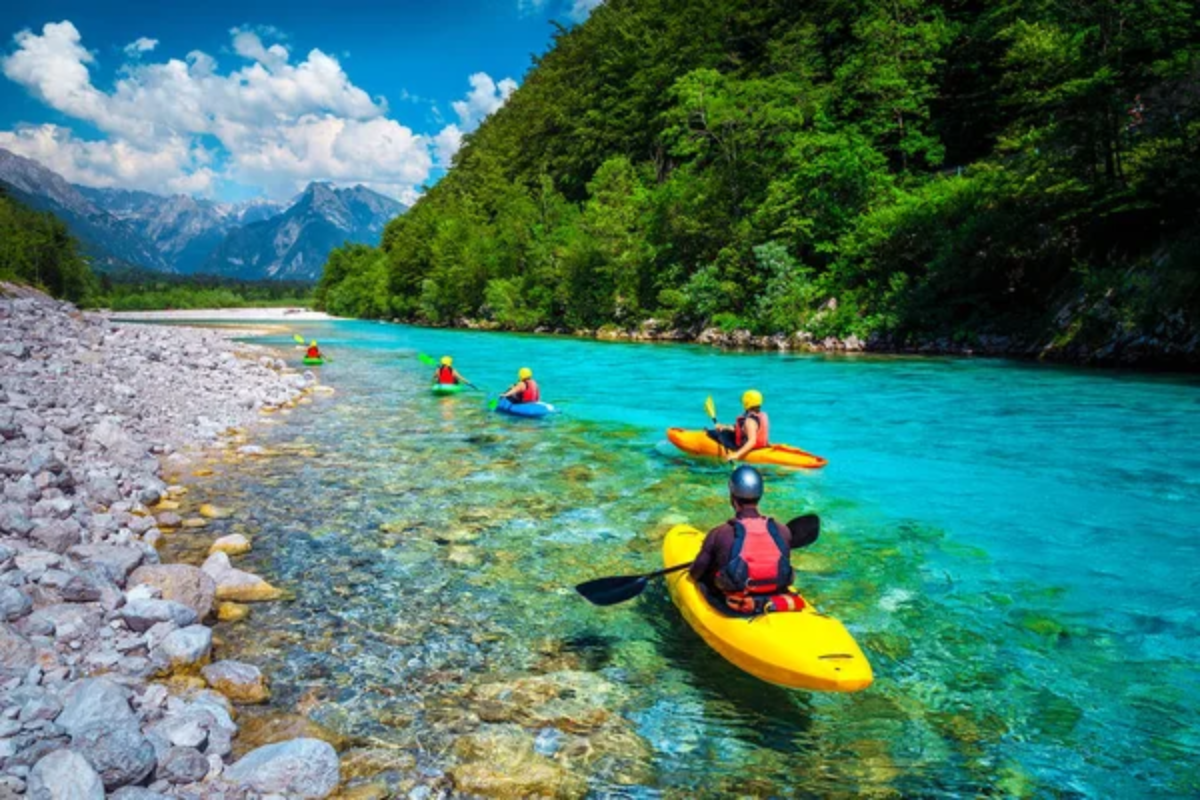
While gaining popularity among outdoor enthusiasts, large sections of the emerald Soča River valley remain blissfully peaceful. The impossibly blue-green waters snake through an Alpine landscape that served as the backdrop for The Chronicles of Narnia film.
Adventure seekers can enjoy kayaking, fly-fishing, or hiking without bumping elbows with other tourists, especially if they venture beyond the main access points.
Goriška Brda
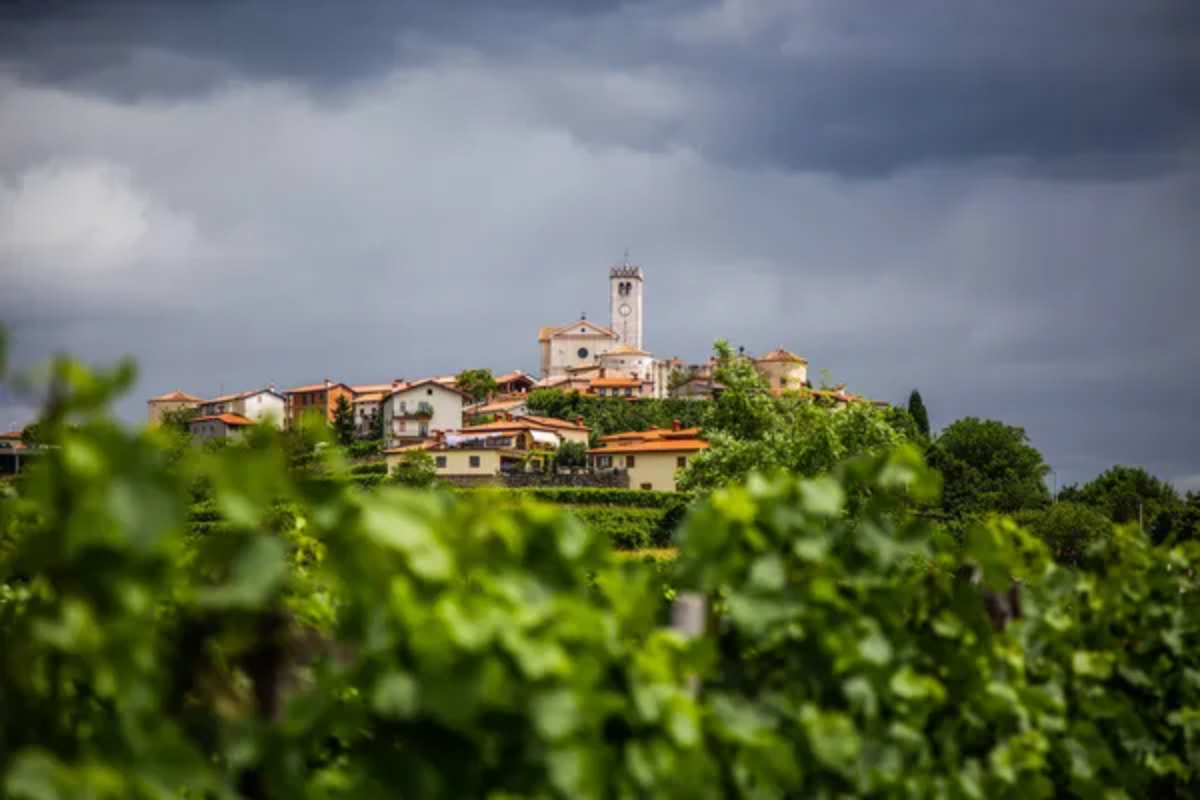
Often called “Slovenia’s Tuscany,” this wine region near the Italian border boasts rolling hills covered in vineyards, charming medieval villages, and family-run wineries producing exceptional wines. The lack of commercial tourism infrastructure keeps Goriška Brda authentic and intimate, with local winemakers happily sharing their craft with the few visitors who make it here.
The region’s signature wine, Rebula, pairs perfectly with locally produced olive oil and cheese.
Piran Salt Pans
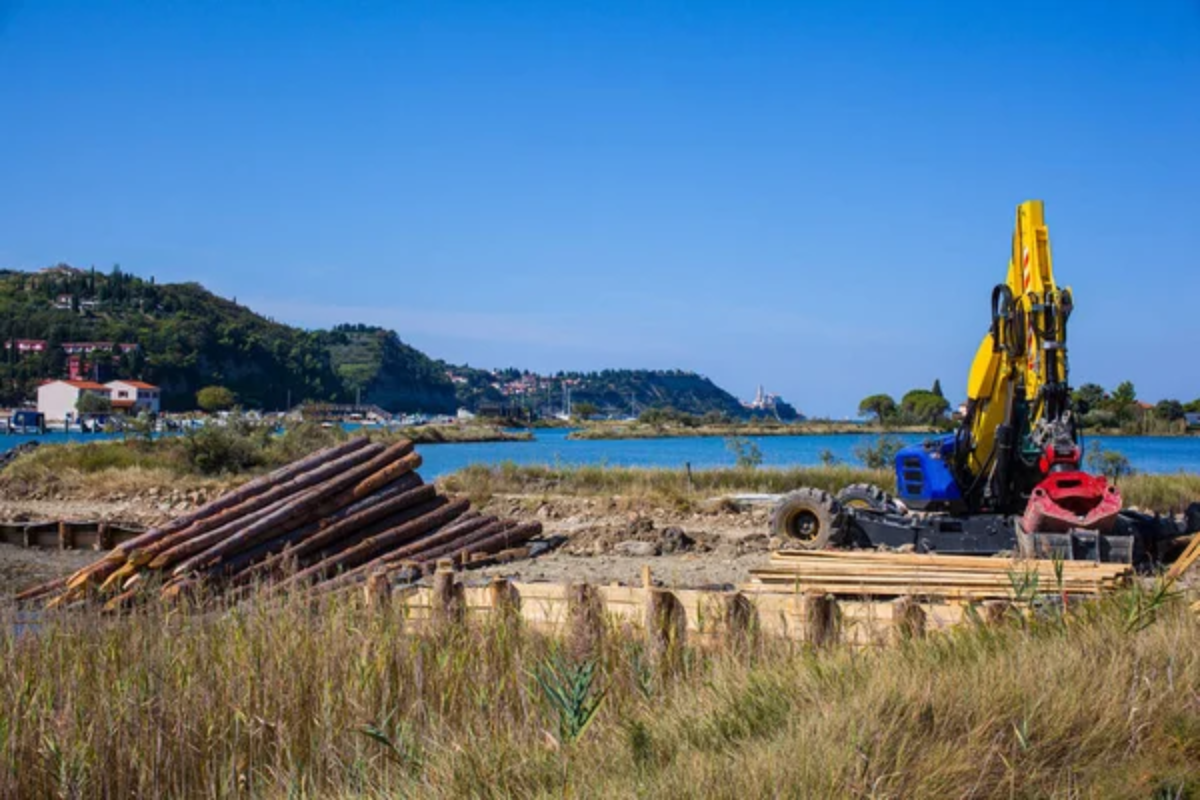
Dating over 700 years, these traditional salt pans represent a living heritage site where salt is still harvested using methods passed down through generations. The unique ecosystem created by this ancient practice supports rare plant and animal species, while the salt itself is prized by chefs worldwide.
Visiting during harvest season (summer) offers a glimpse into a traditional lifestyle that has changed little since medieval times.
Like Travel Pug’s content? Follow us on MSN.
Strunjan Nature Reserve
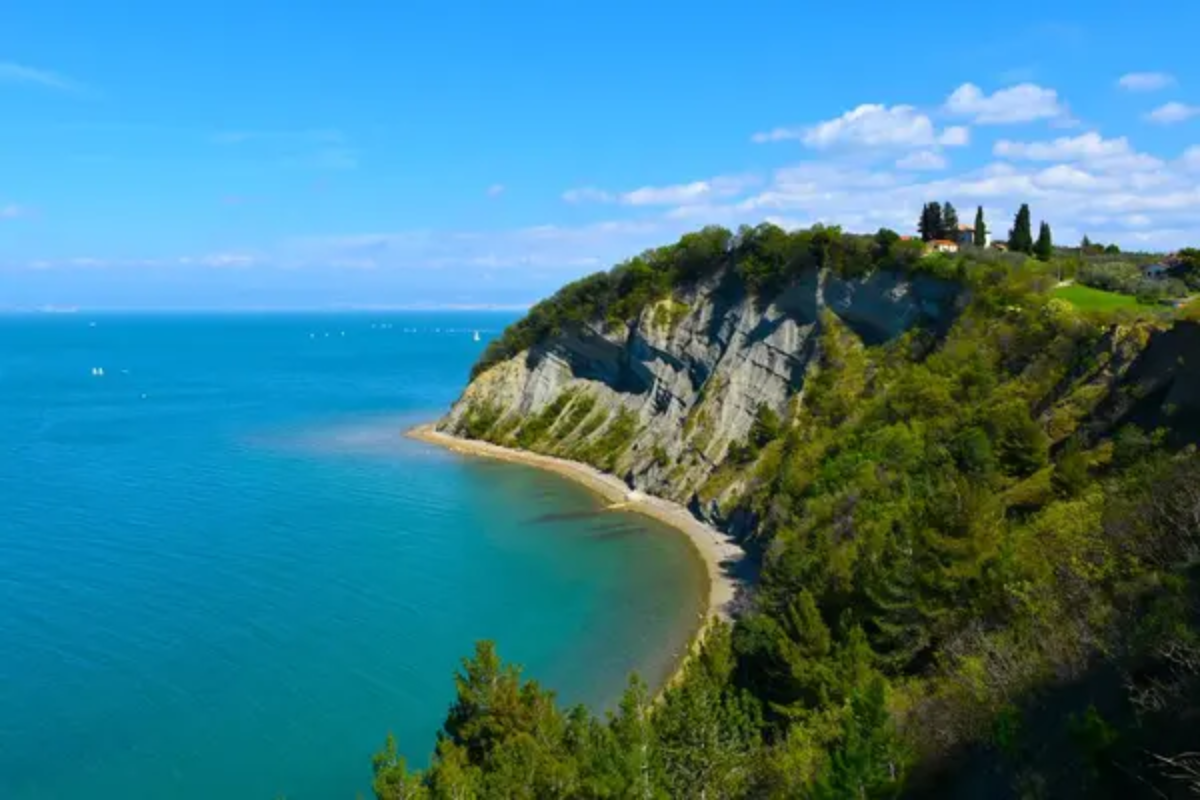
This protected coastal area features Slovenia’s rare stretch of unspoiled Mediterranean coastline with dramatic flysch cliffs rising nearly 300 feet from the sea. The moon-like landscape and crystal clear waters create an atmosphere that feels worlds away from nearby beach resorts.
A four-mile circular trail provides breathtaking viewpoints without the crowds found at more accessible beaches, even during peak summer months.
Velika Planina
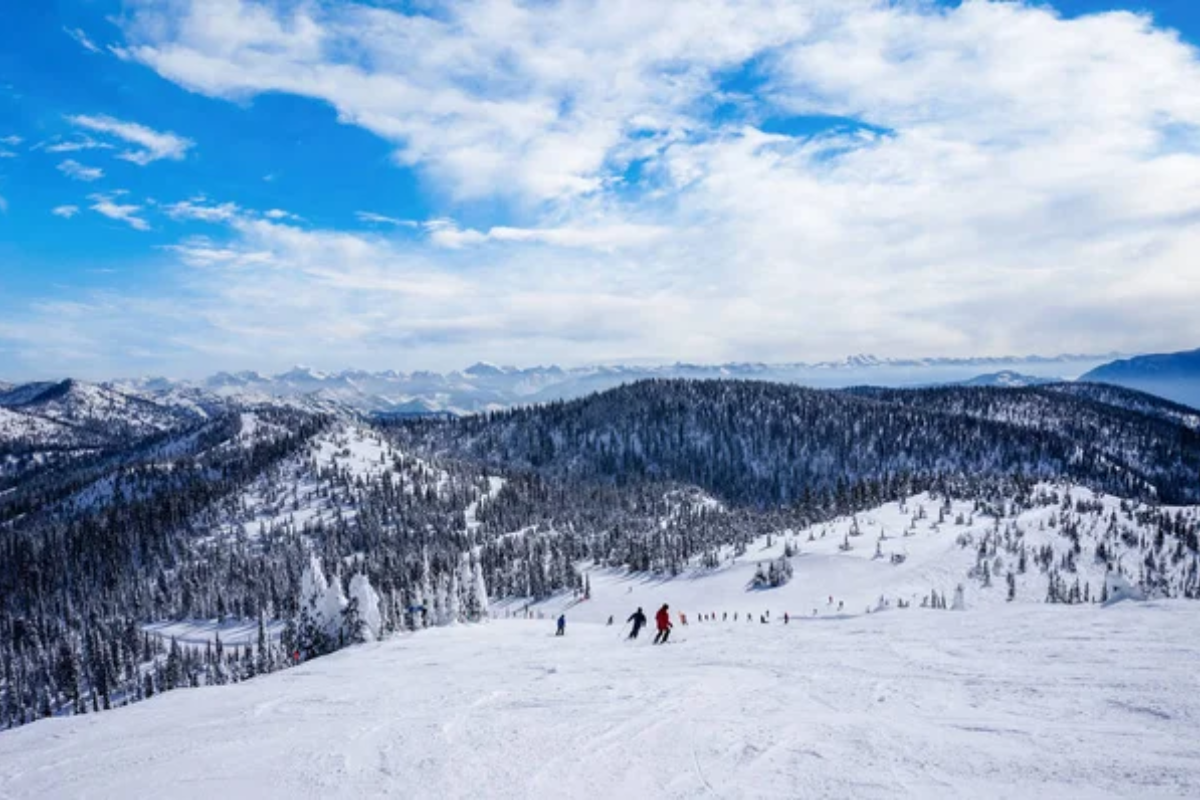
This alpine plateau houses one of Europe’s few remaining high-mountain herders’ settlements, with distinctive wooden huts that create a scene from another era. Visiting in summer means encountering traditional dairy farmers producing cheese using centuries-old methods while their cattle graze freely on flower-filled meadows.
The wooden architecture here represents a unique cultural heritage that has survived modernization due to its remote location.
Lake Bohinj
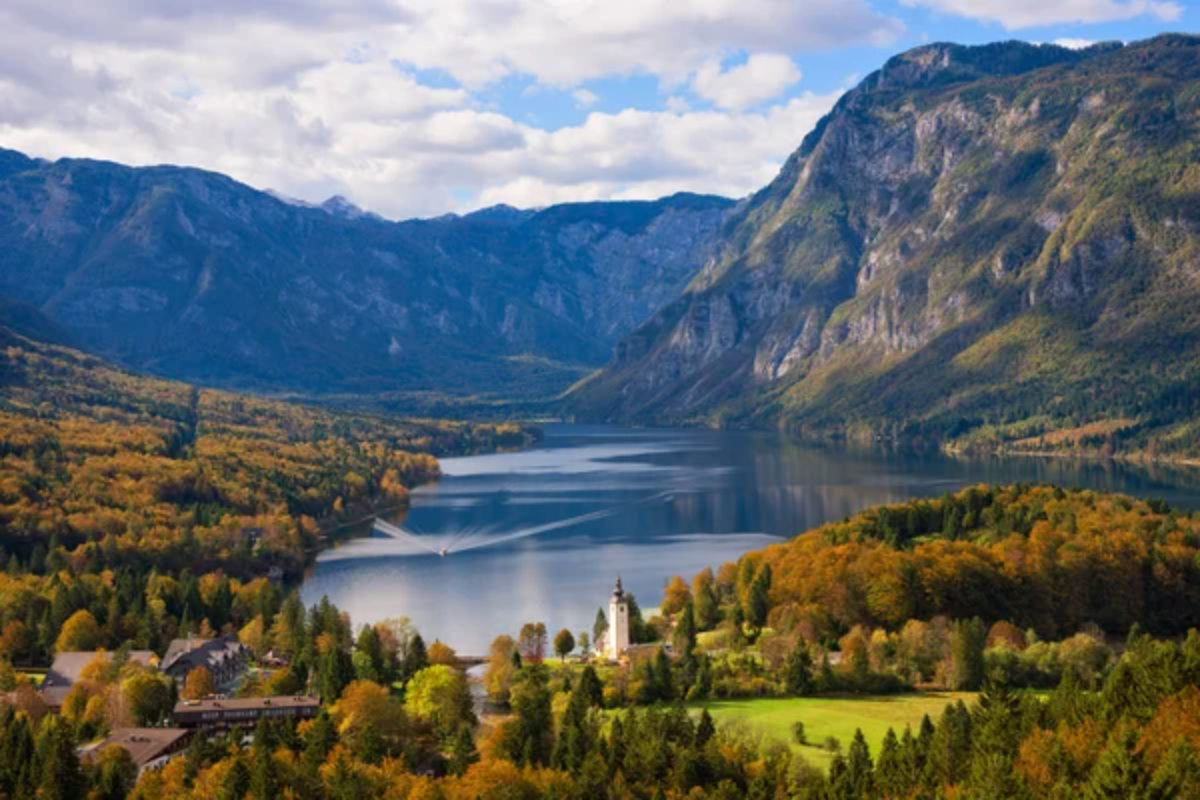
Though not exactly unknown, Lake Bohinj receives a fraction of the visitors that flock to Lake Bled despite being larger and arguably more beautiful. Surrounded by the Julian Alps and Triglav National Park, this glacial lake offers pristine swimming, boating, and hiking opportunities in a more natural setting.
Early mornings often provide mirror-like reflections of mountains on the lake’s surface, creating photographer’s paradise moments in solitude.
Like Travel Pug’s content? Follow us on MSN.
Štanjel
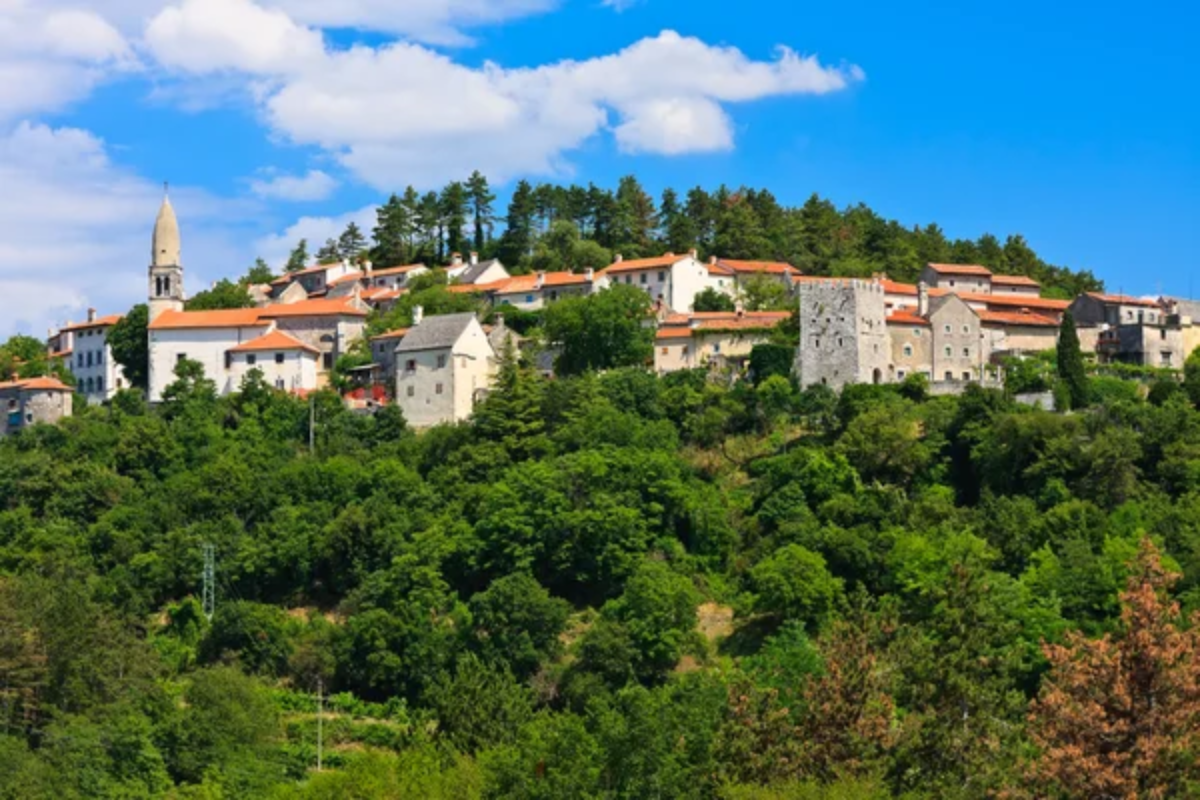
This medieval stone village, perched on a hill in the Karst region, feels frozen in time with its narrow, winding streets and rustic architecture. The Ferrari Garden, designed by the famous architect Max Fabiani, provides a Mediterranean oasis with stunning views of the surrounding countryside.
Local artists have quietly reclaimed abandoned buildings, turning them into galleries and workshops that visitors can explore at their own pace.
Kropa
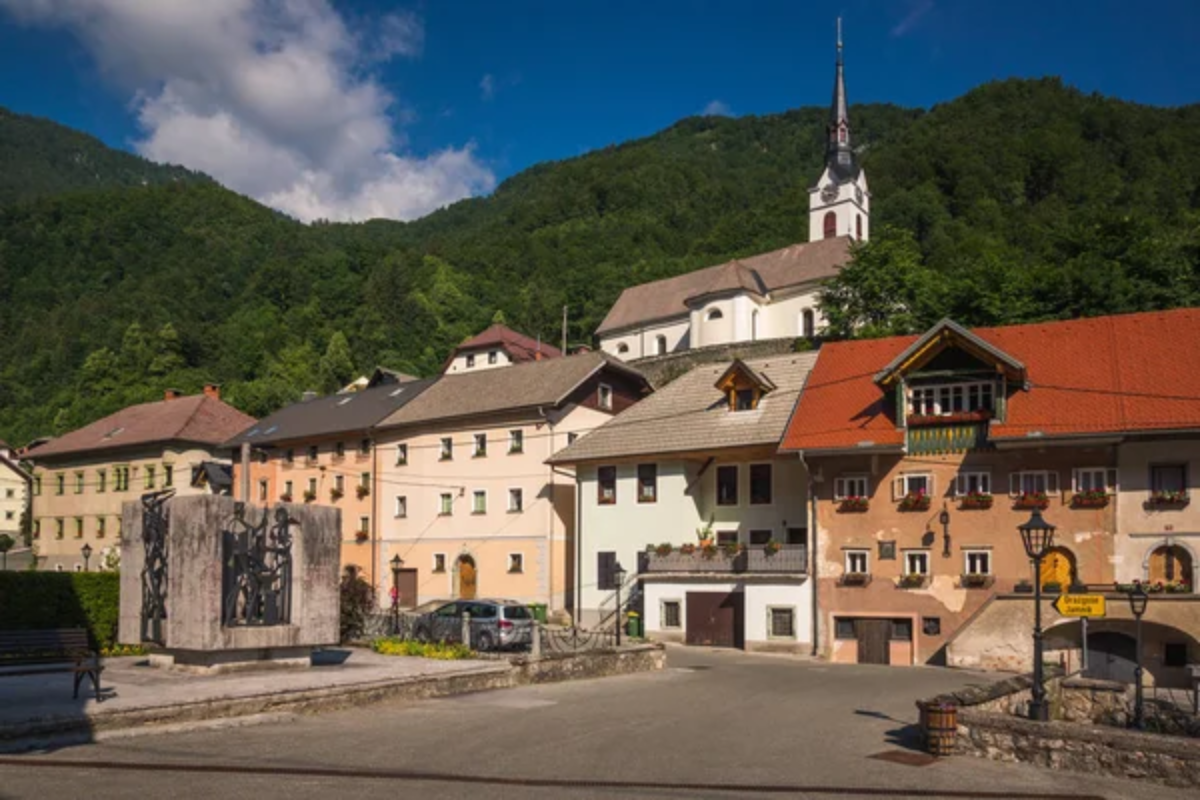
Slovenia’s historic ironworking village preserves a nearly forgotten craft tradition dating back to the 14th century. The rhythmic sounds of hammers striking metal can still be heard in workshops where artisans create decorative ironwork using traditional techniques.
The village’s Iron Forging Museum and well-preserved worker housing offer fascinating insights into industrial heritage without the commercial atmosphere of larger tourist attractions.
Haloze Wine Region

This remote wine region in eastern Slovenia remains largely undiscovered, even by Slovenians. Steep hills covered in vineyards produce exceptional white wines, particularly from the Furmint (Šipon) grape variety that thrives in this unique microclimate.
Small family wineries welcome visitors with genuine hospitality and generous tastings, often accompanied by homemade bread and local pumpkin oil, a regional specialty.
Like Travel Pug’s content? Follow us on MSN.
Church of St. John the Baptist

Perched on a tiny islet in Lake Bohinj, this picturesque 700-year-old church features remarkable medieval frescoes that have survived centuries. The short walk or boat ride to reach it creates a sense of pilgrimage, and visitors often find themselves alone to appreciate the spiritual atmosphere and artistic treasures.
The bell tower offers views across the lake to the mountains that rise directly from the water.
Rajhenburg Castle
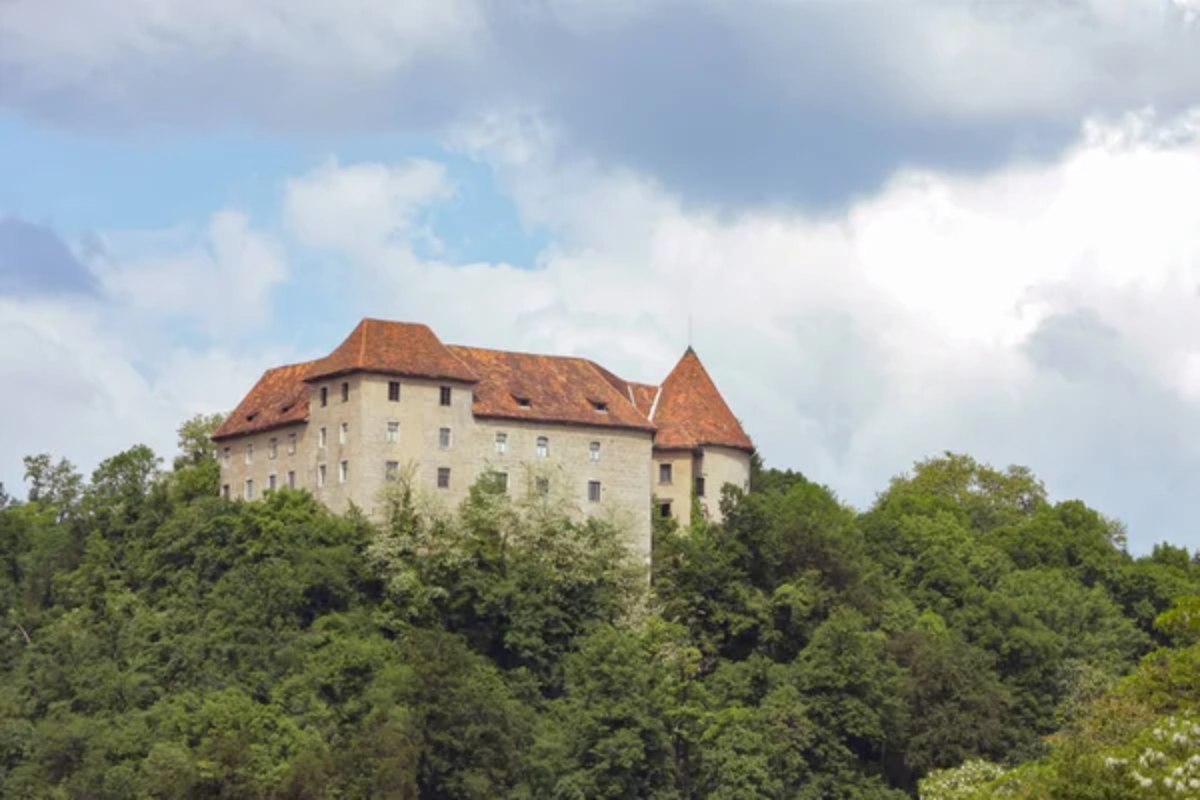
This recently restored castle overlooking the Sava River houses several fascinating museums, documenting everything from monastic chocolate-making traditions to the dark history of World War II deportations. Despite its historical significance and excellent preservation, Rajhenburg remains off most tourist itineraries, allowing visitors to explore at leisure without guides rushing them through rooms.
The castle’s terrace café offers splendid views and locally-inspired refreshments.
Idrija

This UNESCO World Heritage town was once home to one of the world’s largest mercury mines. However, it now quietly preserves its industrial heritage through excellent museums and the original miners’ living quarters.
The town’s unique culinary specialty, Idrijski žlikrofi (potato dumplings), represents comfort food perfection. At the same time, the tradition of bobbin lace-making continues in workshops, where visitors can watch artisans at work or try their hand at this delicate craft.
Like Travel Pug’s content? Follow us on MSN.
Kolpa River Valley
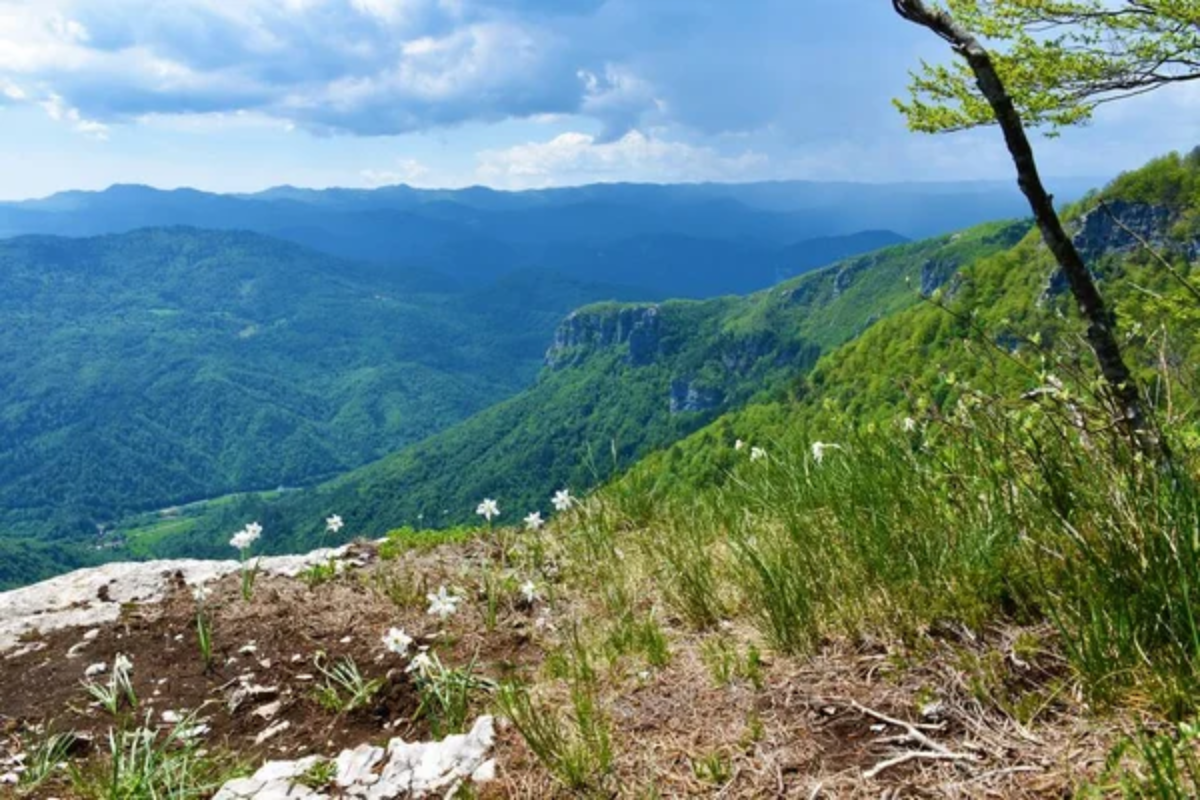
The pristine Kolpa River forms a natural border with Croatia and offers some of Slovenia’s warmest swimming waters in the summer. Meadows sloping gently to the river create perfect picnic spots and entry points for swimming or canoeing without facilities or crowds to disturb the natural beauty.
Traditional water mills and wooden bridges dot the landscape, creating countless postcard-worthy scenes away from established tourist routes.
Solčava Panoramic Road

This scenic drive connects three alpine valleys (Logarska dolina, Robanov kot, and Matkov kot) with jaw-dropping mountain vistas around every bend. Pull-offs at family farms offer opportunities to sample homemade cheese, sausages, and spirits while learning about alpine farming traditions directly from those who live them.
The road sees primarily local traffic, allowing visitors to stop freely for photographs or short hikes to viewpoints.
Šmartno

This tiny fortified village in Goriška Brda resembles a medieval fortress with its defensive walls and towers now housing artists’ studios, wine cellars, and small museums. Narrow cobblestone streets open to unexpected courtyards where time seems to have stopped centuries ago.
The village’s tower offers 360-degree views of vineyards extending into Italy, creating a perfect sunset viewing platform appreciated by photographers and romantics alike.
Like Travel Pug’s content? Follow us on MSN.
Jezersko Valley
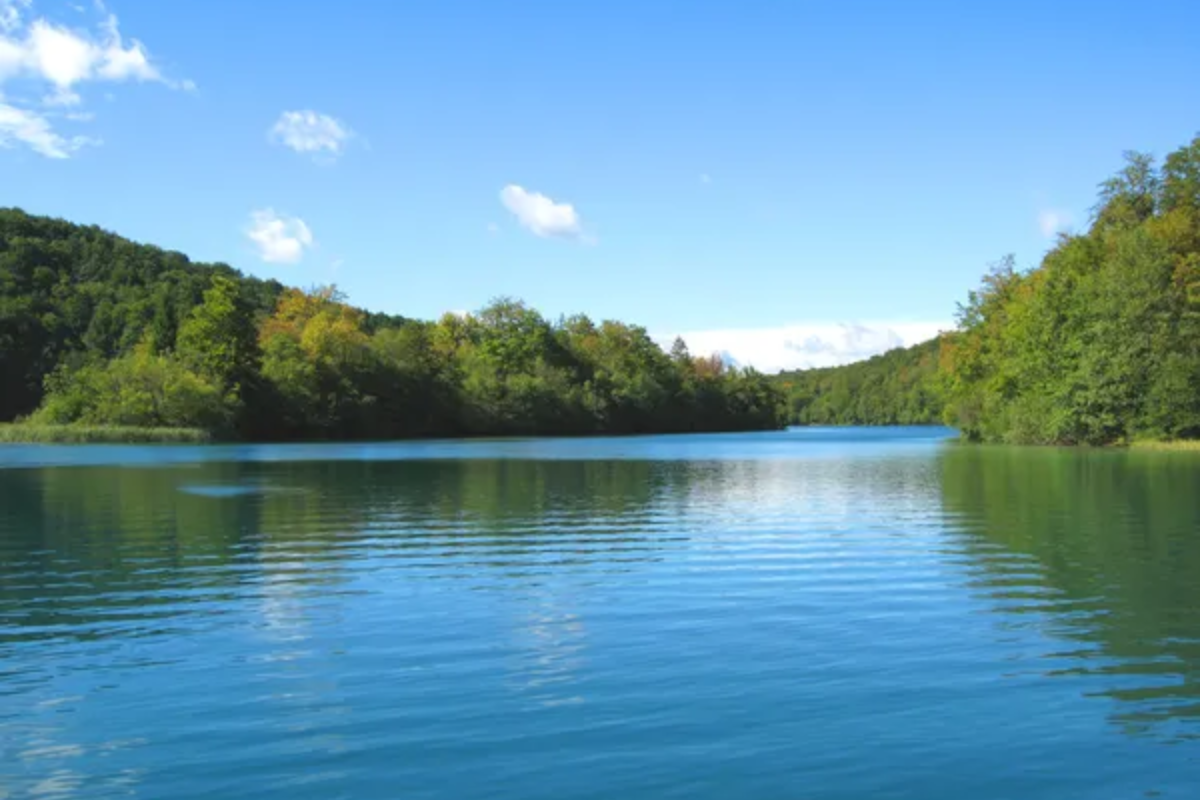
This hidden alpine valley near the Austrian border features a small glacial lake surrounded by 7,000-foot peaks that remain snow-capped well into summer. Traditional farmhouses with distinctive architecture dot meadows, where an ancient breed of sheep grazes beneath dramatic mountain backdrops.
The valley’s mineral water springs have attracted health-seekers for centuries, though today’s visitors are more likely to come for hiking or simply to soak in mountain tranquility.
Cerknisko Lake
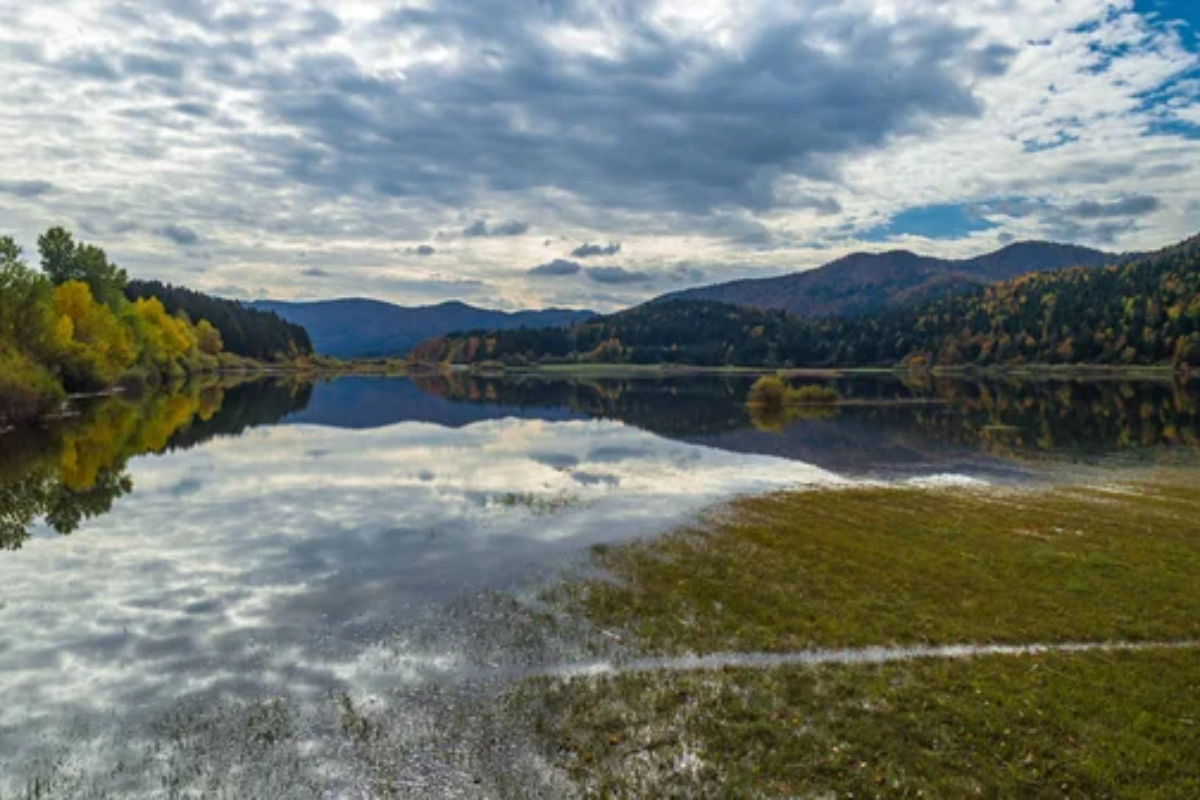
Europe’s largest intermittent lake performs a disappearing act throughout the year, transforming from a full water body to meadows and back again through an underground karst drainage system. This natural phenomenon creates ever-changing landscapes where you might boat in spring and walk or bike across the lakebed months later.
Local guides can explain the complex hydrology while pointing out rare plant species adapted to this unique environment.
Rakov Škocjan

This karst valley between Slovenia’s two famous caves features natural bridges and underground streams, creating a landscape like something from a fantasy novel. Walking trails lead through lush forests to limestone formations shaped by millions of years of water erosion, with interpretive signs explaining the geological processes at work.
Even in summer, the valley’s cool microclimate and limited accessibility ensure peaceful exploration.
Like Travel Pug’s content? Follow us on MSN.
Timeless Treasures Hidden in Plain Sight
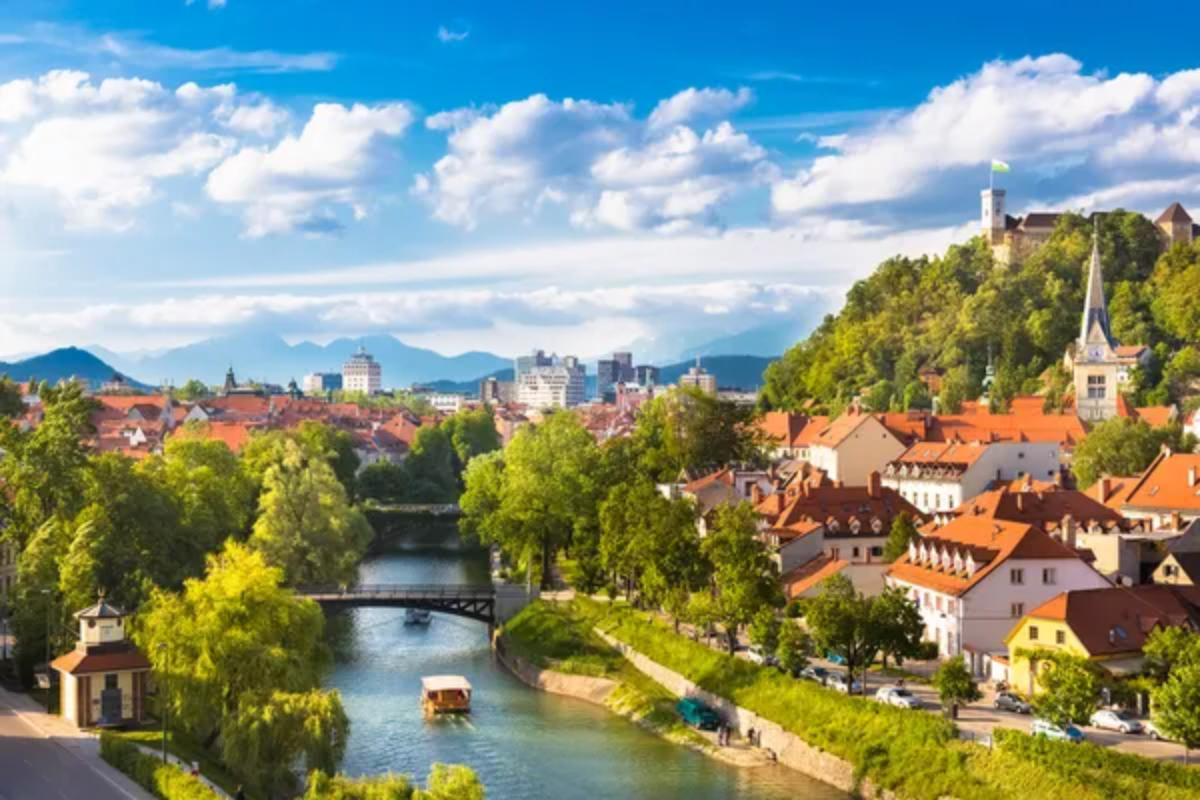
Slovenia’s magic lies not just in these lesser-known destinations but in the authentic connections they foster with locals who haven’t been changed by mass tourism. These places preserve traditions, landscapes, and ways of life increasingly rare in modern Europe, offering travelers something more valuable than perfect photos—genuine experiences.
As Slovenia gradually gains recognition on the global tourism stage, these secret spots provide a glimpse into what makes this small nation special. The real adventure begins where the tour buses don’t go, in villages and valleys where visitors are still a novelty rather than an industry.
More from Travel Pug

- Cities Growing so Fast You Won’t Recognize Them in 10 Years
- 13 Destinations Where Tourists Regularly Regret Their Trip
- 20 Obscure WWII Sites Even History Buffs Don’t Know About
- 10 Under-the-Radar Mountain Towns That Are Both Affordable and Beautiful
- Remote Villages in Europe Where You Can Live for Free in Exchange for Work
Like Travel Pug’s content? Follow us on MSN.
